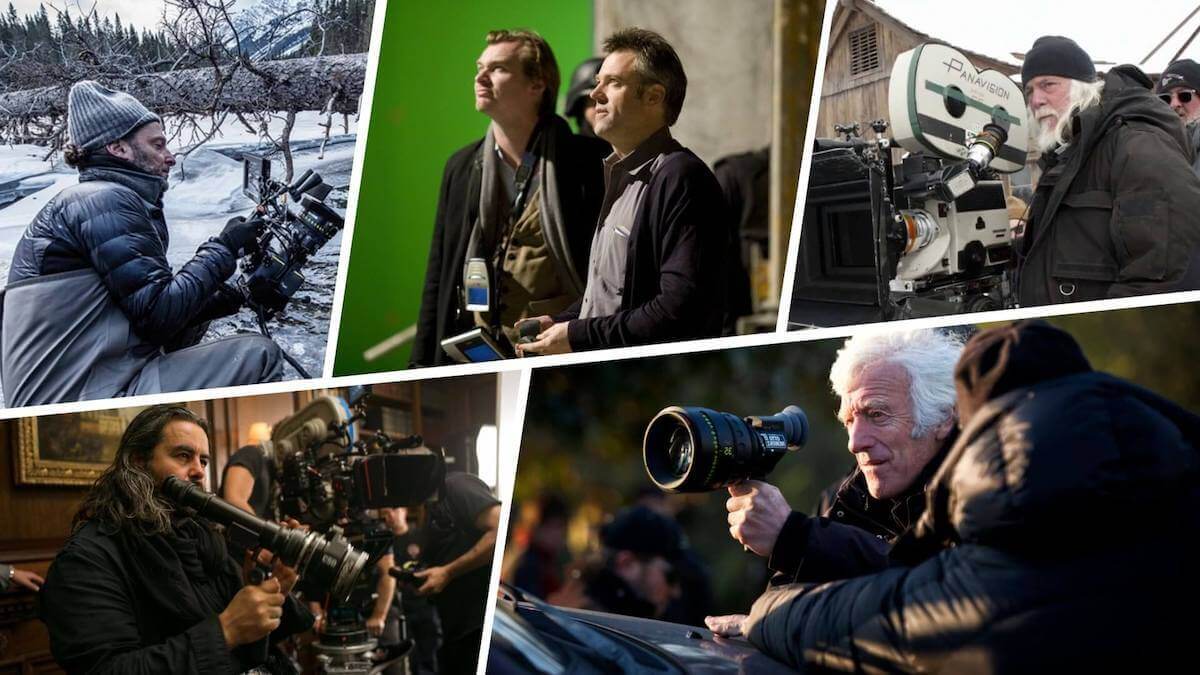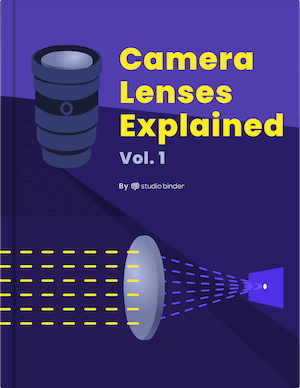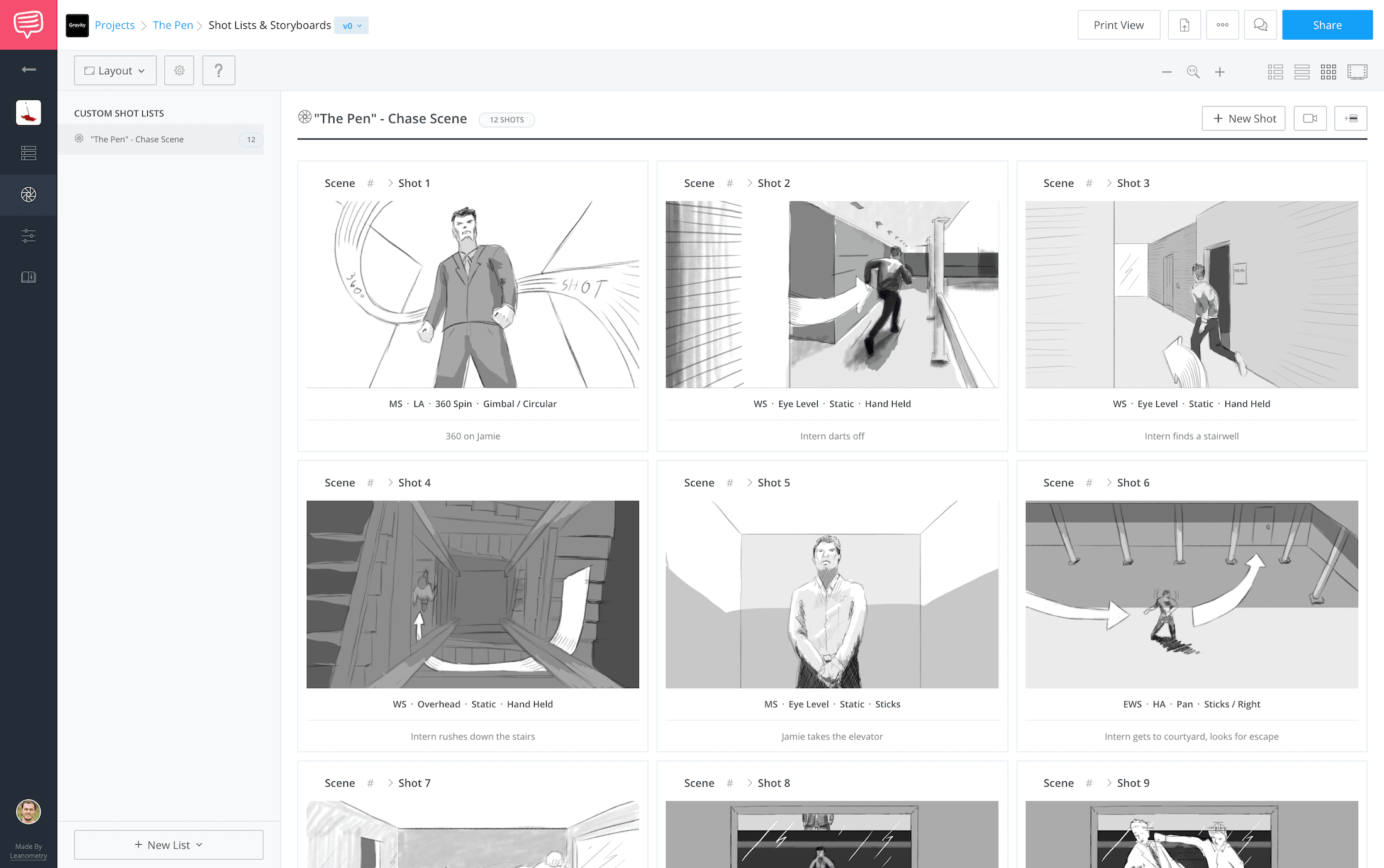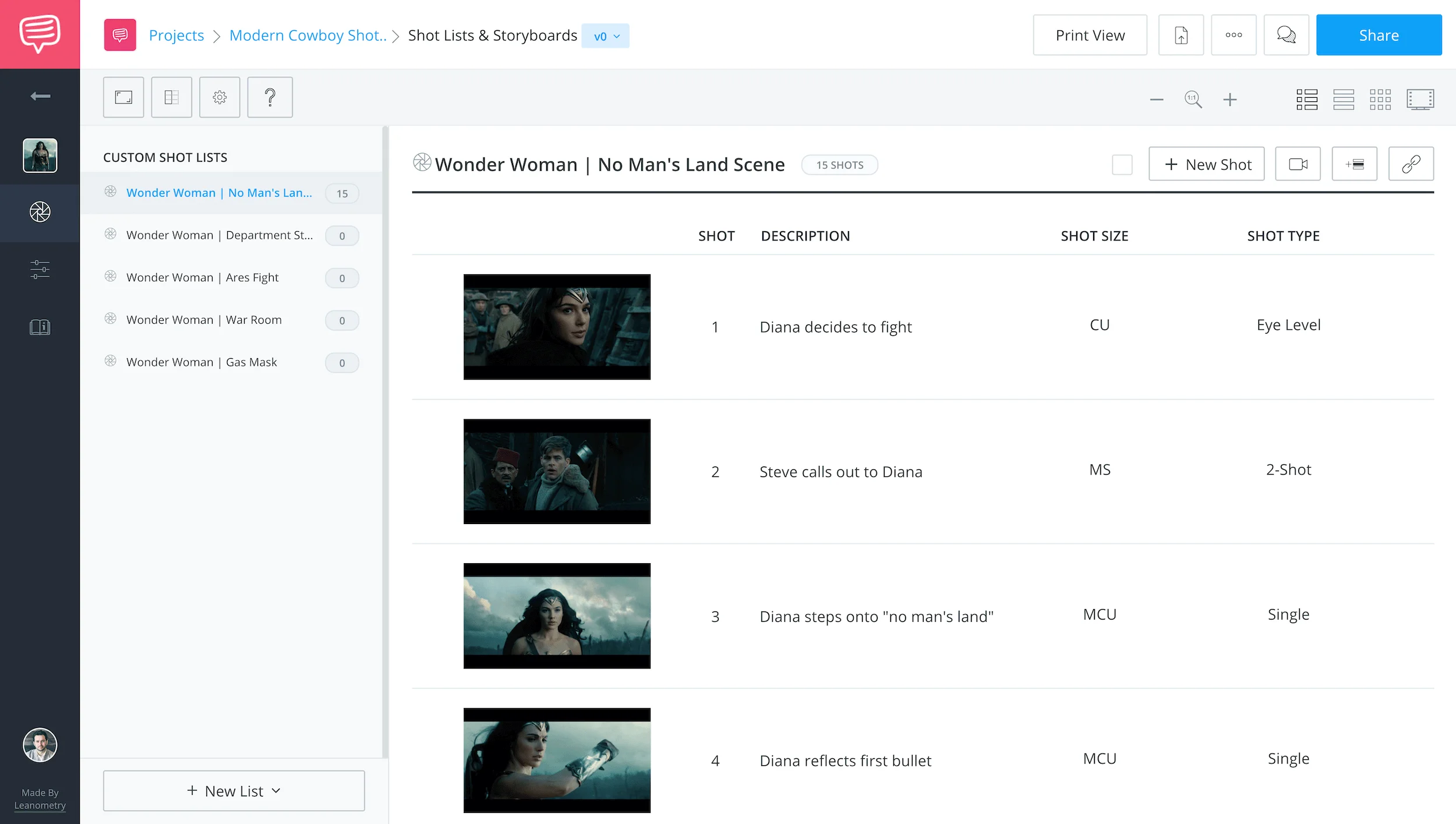Cinematographers obviously play a vital role in making a film, but what decisions do they make on a daily basis? The cinematographer’s primary goal is to capture the director’s vision. Using lighting, camera, and composition techniques, a DP translates that vision into images. This post goes over the common considerations with explanations from working professionals. Let’s jump in so we can answer that age-old question: what does a cinematographer do?
Cinematographer Job Description
The role of a cinematographer in movies
The titles DoP, DP or director of photography is used interchangeably with cinematographer. Cinematography is the art and craft of making motion pictures by capturing a story visually. A series of shots that form a cohesive narrative, all shot by the cinematographer.
Let’s get into the day-to-day tasks of a cinematographer.
CINEMATOGRAPHER DEFINITION
What does a cinematographer do?
A cinematographer or director of photography (shortened to DP or DoP) presides over the camera and light crews on a film or video production. They usually get involved throughout the production lifecycle, from the storyboards and into Post-Production. And they liaise with the director to create the images you see on-screen.
CINEMATOGRAPHY ELEMENTS THEY CONSIDER:
- Camera placement
- Camera movement
- Lens choice
- Shot size and composition
- Aspect ratio
- Focus
- Lighting
The best way to answer the question of "what does a cinematographer do" is to hear it straight from the horse's mouth. Below is a Hollywood Reporter roundtable with some of today's best working DPs.
What do cinematographers do? • Hollywood DP Roundtable
Cinematography Techniques
What do cinematographers do
When cinematographers are on set shooting, they work with the director to make the actual product, the movie. But how do they do that? Academy Award-winning cinematographer, Roger Deakins offers some priceless tips on his approach:
Learn techniques from iconic, Roger Deakins
We've heard from working cinematographers about how they work. Now, let’s briefly go over a cinematographer's key considerations.
Camera Placement
Where a cinematographer places the camera matters. For example, it can reveal character behavior or their emotional state. The closeness between the subject and the camera can help engage or distance the audience.
Camera Movement
Camera movement can heighten the emotion and suspense in a scene. And moving the camera with the characters can add a subjective perspective. Keeping a static camera, on the other hand, will create a more objective point of view.
Free masterclass on directing the camera
Shot Composition
The rules of shot composition dictate the way elements of a scene are arranged in the frame to convey an intended message.
For example, one visual element that must be arranged is your actors. Watch our video below on blocking and staging, part of our Filmmaking Techniques masterclass series.
Being a cinematographer including blocking • Watch Entire Masterclass
Shot Size
How much of the scene is actually seen? Are we in a close-up watching a subject’s face? Should we focus the audience's attention with an extreme close-up on a subject’s attire? Shot size and camera framing are critical aspects of the cinematographer job description.
Shot Size — Essential Cinematographer Skills • Subscribe on YouTube
An extreme wide shot can place a subject in a vulnerable position. A medium shot can make the audience feel part of the conversation. Know what the best shot size is for that particular moment is an essential skill for any cinematographer. You can start with our Ultimate Guide to Camera Shots.
Aspect Ratio
A cinematographer understands the concept of aspect ratio. That is, the width x height of the frame they’re shooting in. Wider frames are better for landscapes and action, while taller frames highlight performance. Certain frame dimensions combine both, like the 2:1 aspect ratio.
For a cinematographer, visuals become the language, and aspect ratio is a huge part of that.
What is a cinematographer responsible for? Understanding aspect ratio
Focus
Part of the cinematographer job description is to play with camera focus to emphasize different aspects of the story. An example of this might be a character POV shot going in and out of focus when they're drunk. It all comes down to using the camera to tell the story and these are just a few of the choices that can be made.
What do cinematographers do? Use the camera to tell the story
Lens Choice
The various types of camera lenses can create drastically different images. Choosing the right lens for the right moment is a critical job of the directory of photography.
The role of a cinematographer in movies and lens choice • Subscribe on YouTube
Watch DP Tom Sigel discuss some the specific lens choices he made in films like Three Kings, Drive, and Bohemian Rhapsody.
The role of a cinematographer in movies, as explained by Tom Sigel
For more on camera lenses, check out our FREE Ebook on the various types of camera lenses, the difference between anamorphic vs spherical lenses, and how to use these cinematography essentials in your visual storytelling.
Free downloadable bonus
FREE Download
Camera Lenses Explained
Every type of camera lens has distinct qualities and visual characteristics that every image-maker should understand. Download our FREE e-book to get in-depth explanations on prime vs. zoom lenses, anamorphic vs. spherical lenses, wide angle, standard, telephoto and even specialty lenses that all tell a slightly different story.
Lighting
A cinematographer understands basic qualities of film lighting like a painter understands paint. They determine the type of light, the quantity, the color, the shape, etc. each shot demands before they shoot.
A cinematographer will most likely have a sun tracking app so they can figure out how the sun will affect their day. There are a ton of film lighting techniques to make your shots more cinematic and it takes a trained cinematographer to know how.
Here's Roger Deakins talking about where his love of film lighting began.
Cinematographer on set • Roger Deakins Lighting • Subscribe on YouTube
Now that we’ve answered what does a cinematographer do, what’s next? Well, as mentioned above, there is a lot to consider. But luckily, cinematographers don’t have to keep it all in their heads. So, how do they plan these decisions and execute on their vision?
Free Downloadable Bonus
Download FREE Cinematography Techniques Cheatsheet
This article took 30 hours to write. Thirty! Needless to say, there was a LOT we couldn’t include in the post. Download our FREE, printable cheatsheet PDF to get access to over 30+ cinematography tips (includes bonus content not in the post).
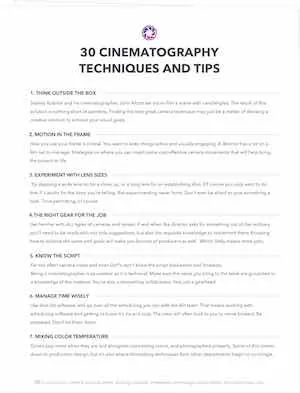
THE DP TOOLBOX
Use shot lists and storyboards
One tool that’s helpful for DP’s (and directors) are shot lists and storyboards. Usually, the cinematographer and director work together to lay out their masterplan for the project.
Whether you're a DP yourself or will be working with one, you need to know how to make storyboards. The Pre-Production process is all about preparation — like every member of the crew, the role of a cinematographer in movies is to have a game plan on Day 1.Choose types of shots, write shot descriptions, and even select your desired aspect ratio. You can also view your frames in a shot list.
With software, it's easier to collaborate with department heads on all of these decisions. As long as they're invited to the project, you can leave comments in real time, and adjust shots accordingly.
Related Posts
Up Next
The best cinematographers
Who's your favorite DP? Is Roger Deakins overrated or does he truly deserve the top spot? We're ranked our top cinematographers working today, including a breakdown of their styles, their filmographies, quotes, roundtable discussions, and clips from their best work. Don't start this next post unless you've got hours to spare!
Up Next: Best cinematographers →
Showcase your vision with elegant shot lists and storyboards.
Create robust and customizable shot lists. Upload images to make storyboards and slideshows.
